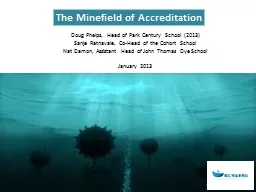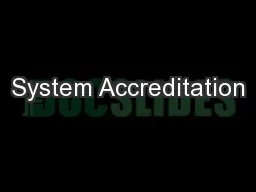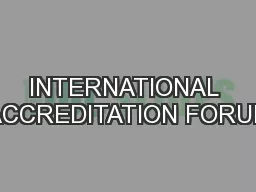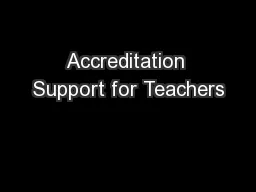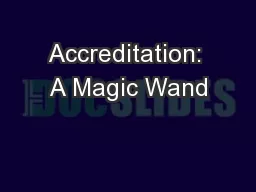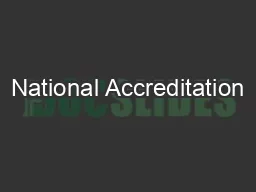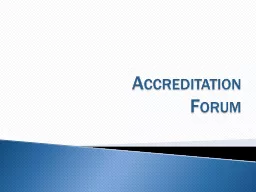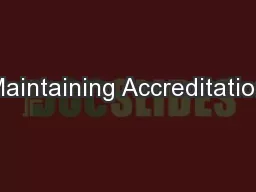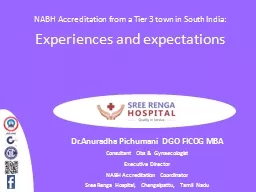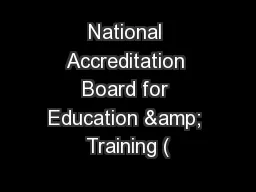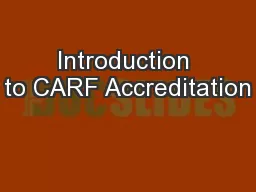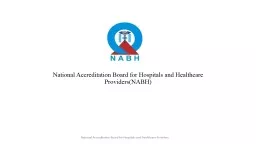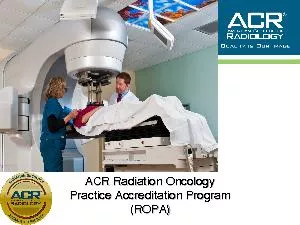PPT-The Minefield of Accreditation
Author : pamella-moone | Published Date : 2018-12-18
Doug Phelps Head of Park Century School 2013 Sanje Ratnavale CoHead of the Cohort School Nat Damon Assistant Head of John Thomas Dye School January 2013 We 3 are
Presentation Embed Code
Download Presentation
Download Presentation The PPT/PDF document "The Minefield of Accreditation" is the property of its rightful owner. Permission is granted to download and print the materials on this website for personal, non-commercial use only, and to display it on your personal computer provided you do not modify the materials and that you retain all copyright notices contained in the materials. By downloading content from our website, you accept the terms of this agreement.
The Minefield of Accreditation: Transcript
Download Rules Of Document
"The Minefield of Accreditation"The content belongs to its owner. You may download and print it for personal use, without modification, and keep all copyright notices. By downloading, you agree to these terms.
Related Documents

